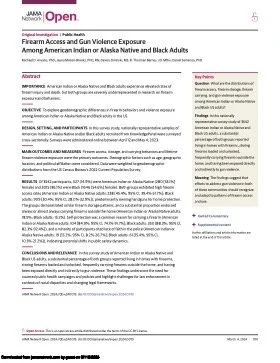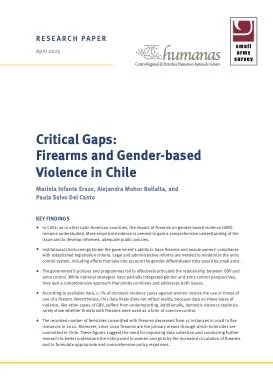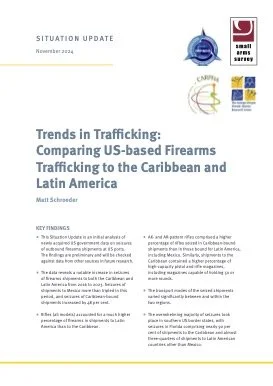By Gomes Eannes De Azurara (Author), Colin Heston (Editor), Raymond Beazley (Translator)
The Chronicle of the Discovery and Conquest of Guinea is one of the most important early historical sources on the European Age of Discovery. Written in the mid-fifteenth century by Gomes Eannes de Zurara, the royal chronicler of Portugal, the work offers a detailed and vivid narrative of Prince Henry the Navigator’s sponsorship of voyages along the West African coast. Zurara’s chronicle records the systematic exploration of the Atlantic islands and the African shoreline, the capture and enslavement of Africans, and the establishment of the Portuguese presence south of Cape Bojador — a turning point that opened the way for European maritime expansion.
This English edition, translated and edited by historian Charles Raymond Beazley and lusitanist Edgar Prestage for the Hakluyt Society (published 1896–1899), makes Zurara’s text accessible to a modern audience. Their careful translation preserves the rich detail of the original, while their scholarly introduction and notes provide historical context about fifteenth-century Portugal, Prince Henry’s motives, and the wider significance of these early voyages.
Part narrative history, part celebration of Portuguese royal ambition, the chronicle reveals both the triumphs and moral ambiguities of the early encounters between Europe and Africa. It remains an essential source for historians of maritime exploration, Atlantic slavery, and global contact in the late Middle Ages.
This version has been carefully edited, removing unnecessary endnotes, footnotes and other distracting content that distract from a pleasant reading experience.
Read-Me.Org Inc. New York-Philadelphia-Australia. 2025. 267p.





















